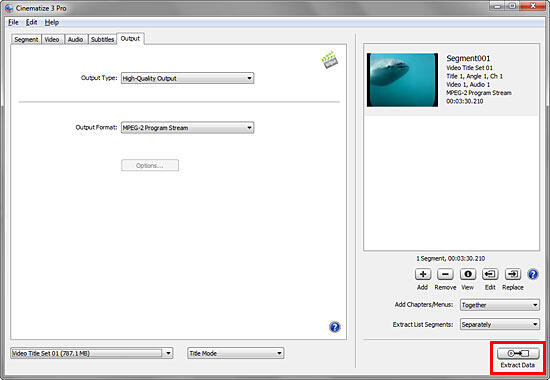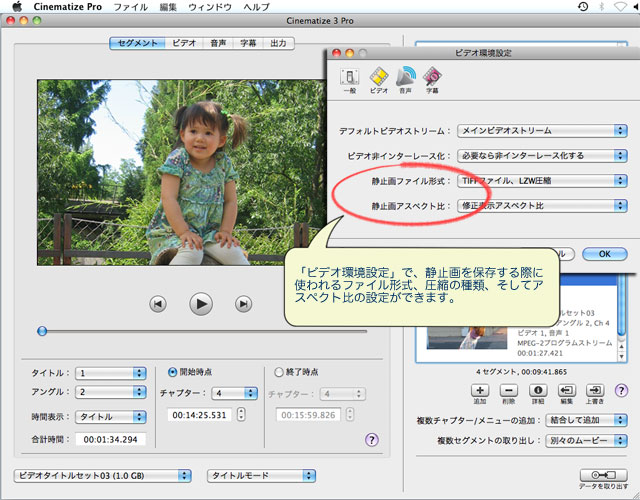

Still, in an app with such pro aspirations, we'd expect to see zebras, or false color, or a histogram, or all of these. Speaking of exposures, Sony's made a marginal improvement in providing you with a tool to judge proper exposure - a -2 to +2EV indicator scale in the bottom left of the viewfinder.
#Cinematize pro iso
Couple that with the different minimal ISO sensitivities (50, 64, and 25 respectively) and matching exposures between the three cams becomes an inconvenience. Next up, the Xperia 1 II's three cameras have different apertures - f/2.2 on the 16mm, f/1.7 on the 24mm, and f/2.4 on the 70mm. We're not saying ND filters are a must - you could alternatively increase the shutter speed to get the exposure right, but that's counterproductive for achieving the 'Cinema Pro' look of the footage that the app's name promises. We're thinking Sony could have come up with an in-house solution by now, given how they're marketing the phone and its Cinema Pro app. Not so on the Xperia 1 II with its off-axis camera position. Hardly pretty, but functional nonetheless. That is actually a step back from what we had last year - you see, back then with the cameras mounted along the central axis of the phone, you could cut out a circle in a phone case and glue a step-up ring to use its thread for attaching regular circular ND filters. Wire ties came into play on occasion too, and sometimes we simply held the filter on top of the camera. The makeshift way we did it was by clipping rectangular ND filters to the back of the phone, with literal laundry clips. ND filters are an essential tool for any videographer and even today, a year after the Cinema Pro app was introduced, the Xperia 1 II still doesn't have a dedicated case or another solution for attaching those to the phone. So when you have fixed shutter speed and a fixed aperture on a camera, the main way to control the amount of light is by using neutral density (ND) filters. Here's the clip, read further down for our cameraman's impressions from using the app on the Xperia 1 II.īeing able to tweak shooting parameters is nice and all, but a cinematic video is shot at fixed shutter speeds because of the way they affect how motion is captured and perceived by the audience. A DIY ND filter solution was employed in bright daylight, more on that in just a bit. We used the Venice CS and the Opaque/BU60YE60 color profiles and then graded the footage to taste.

That means shooting handheld most of the time, with only the occasional shot stabilized with a gimbal.

We generally kept to the same routine as before.

#Cinematize pro professional
The Xperia 1 II we got to review recently comes with an updated version of the Cinema Pro app and we were interested to see if Sony had addressed the issues we encountered last time around so we put in the hands of a professional cameraman and followed him out on a mission to shoot a real-world cinematic video (granted, in a short amount of time and without much planning). We tested it back then and you can read our findings and watch a sample video shot on the Xperia 1 here. It complements the full-auto video recording capabilities of the main camera app on the smartphone and offers more nuanced control over the shooting process. Last year on the Xperia 1 Sony introduced the Cinema Pro app - a fairly advanced if a somewhat flawed app for capturing video.


 0 kommentar(er)
0 kommentar(er)
